 | ||
Founder Richard Wellesley, 1st Marquess Wellesley Similar | ||
Fort William College (also called the College of Fort William) was an academy and learning centre of Oriental studies established by Lord Wellesley, then Governor-General of British India. The law to establish its foundation was passed on 4 May 1800, to commemorate the first anniversary of the victory over Tipu Sultan at Seringapatam. It was founded on July 10, 1800, within the Fort William complex in Calcutta. Thousands of books were translated from Sanskrit, Arabic, Persian, Bengali, Hindi, and Urdu into English at this institution.
Contents
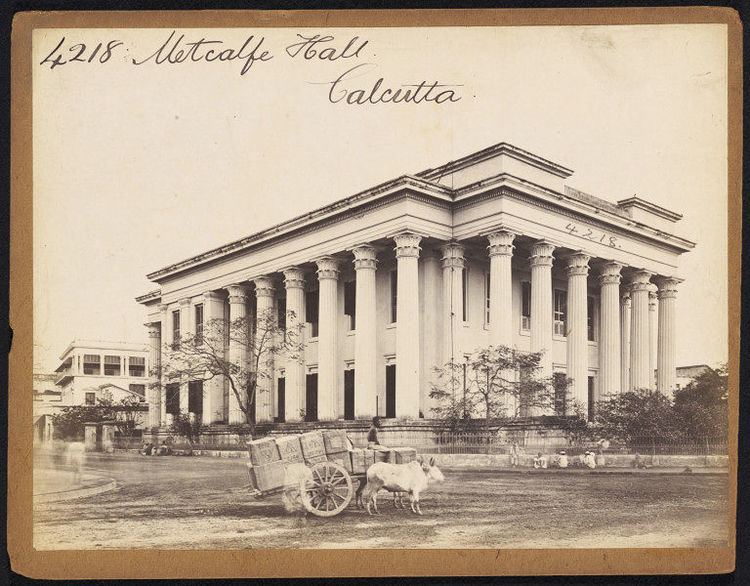
Languages taught
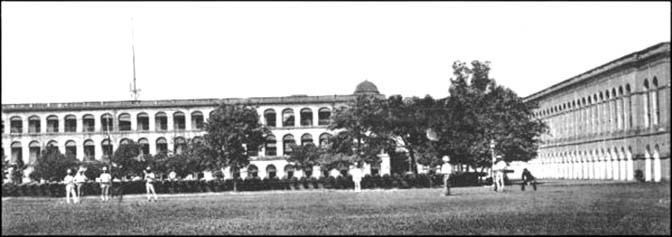
Fort William College aimed at training British officials in Indian languages and, in the process, fostered the development of languages such as Bengali and Urdu. The period is of historical importance. In 1815, Ram Mohan Roy settled in Calcutta. It is considered by many historians to be the starting point of the Bengal renaissance. Establishment of The Calcutta Madrassa in 1781, the Asiatic Society in 1784 and the Fort William College in 1800, completed the first phase of Kolkata’s emergence as an intellectual centre.
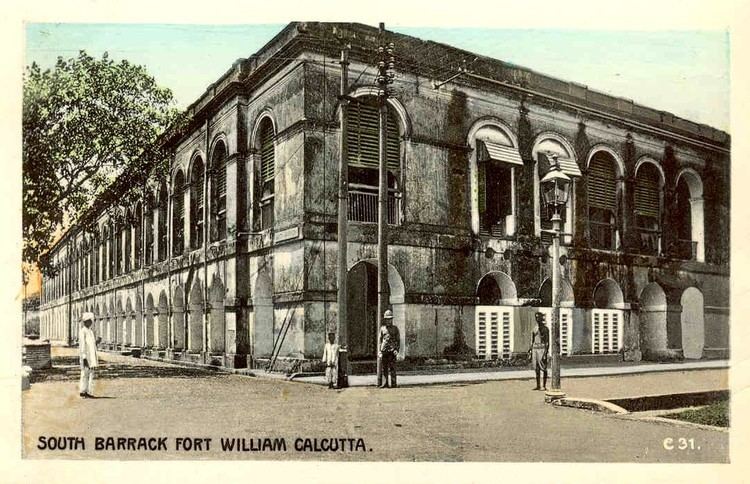
Teaching of Asian languages dominated: Arabic, Urdu, Persian, Sanskrit, Bengali. Later, Marathi and even Chinese were added. Each department of the college was staffed by notable scholars. The Persian department was headed by Neile B. Edmonstone, Persian translator to the government. His assistant teacher was John H. Harington, a judge of Sadar Diwani Adalat and Francis Gladwin, a soldier diplomat. For Arabic studies, there was Lt. John Baillie, a noted Arabist. The Urdu department was entrusted to John Borthwick Gilchrist, an Indologist of great repute. Henry Thomas Colebrooke, the famous orientalist, was head of the Sanskrit department. William Carey, a non-civilian missionary and a specialist in many Indian languages, was selected to head the department of vernacular languages. While notable scholars were identified and appointed for different languages, there was no suitable person in Kolkata who could be appointed to teach Bengali. In those days, the Brahmin scholars learnt only Sanskrit, considered to be the language of the gods, and they did not study Bengali. The authorities decided to appoint Carey, who was with the Baptist Mission in Serampore. He, in turn, appointed Mrityunjoy Vidyalankar as head pandit, Ramnath Bachaspati as second pandit and Ramram Basu as one of the assistant pandits.
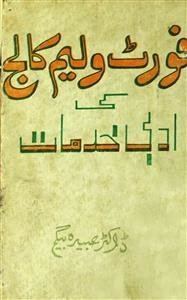
Along with teaching, translations were organized. The college employed more than one hundred local linguists. There were no textbooks available in Bengali. On 23 April 1789, the Calcutta Gazette published the humble request of several natives of Bengal for a Bengali grammar and dictionary.
Location
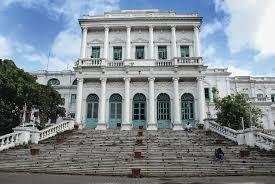
It was located at the corner of Council House Street. The house was subsequently occupied by Messrs. Mackenzie Lyall & Co. and known as The Exchange. Still later, it housed the offices of Bengal Nagpur Railway. It was at one corner of the parade ground, now known as the Maidan. The Raj Bhavan (then known as Government House) was opened a little later.
Library
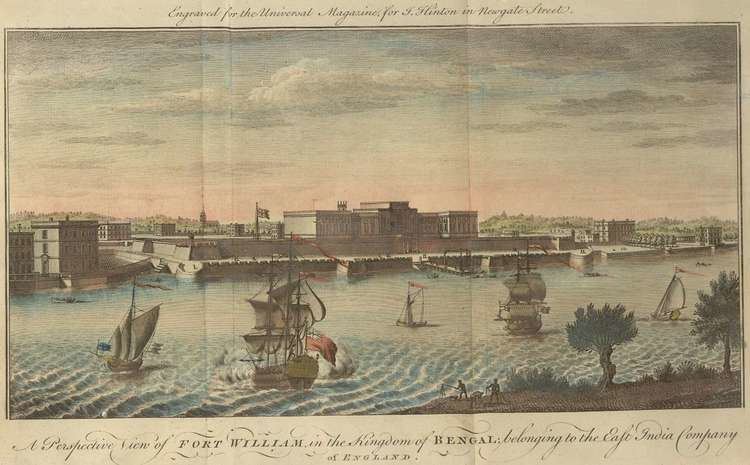
For teaching purposes, the College of Fort William accumulated a library of old manuscripts (from all over South Asia) and added multiple copies of its own imprints. The list of books recommended later for preservation includes many books of historical value.
When the college was wound up, it gave away the magnificent collection in the library to the newly formed Calcutta Public Library, now the National Library.
Hurdles
The court of directors of the British East India Company were never in favour of a training college in Kolkata and as such, there always was a lack of funds for running the college. Subsequently, a separate college for the purpose, the East India Company College at Haileybury (England), was established in 1807. However, Fort William College continued to be a centre of learning languages.
With the British settling down in the seat of power, their requirements changed. Lord William Bentinck announced his educational policy of public instruction in English in 1835, mostly to cater to the growing needs of administration and commerce. He clipped the wings of Fort William College, and the Dalhousie administration formally dissolved the institution in 1854.
Eminent scholars
Fort William College was served by a number of eminent scholars. They contributed enormously towards development of Indian languages and literature. Some of them are noted below:
